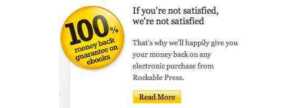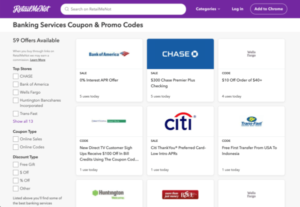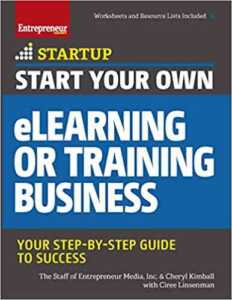As a business owner, you have many options for financing your company. If you need a loan, there are options such as SBA loans, equipment financing loans, start-up loans, and more. In cases where a business cannot get one of these types of loans, some business owners may choose to receive a cash advance. While this type of financing has its appeal, it may not be the best financing option for you or your business. In this article, we’ll explain what a seller cash advance is and why it can harm your business in the long run.
What is Seller Advance Payment?
On the contrary to what many believe, a merchant cash advance is not a loan. A cash advance (also known as MCA) is a financing option in which a provider buys a percentage of the sales of a business credit and business card in exchange for a cash advance. Thus, cash advances and financing are based on future sales of the business. The supplier will take a fixed percentage of the company’s daily sales until the amount covers the advance. This is also known as lag. In a seller’s cash advance, the total amount you pay for the advance, as well as its interest, is calculated by taking a coefficient, which can range from 1.2 to 1.5, and multiplying it by the amount of the advance. For example, if you are applying for cash advance to the seller and you get $ 15,000 at a rate of 1.3, then the total (including interest) you need to return is $ 19,500. The difference between the two amounts is $ 4,500 and covers interest and fees for the cash advance.
Why do businesses choose a cash advance to a merchant?
Because financing is based on future sales, commercial cash advances are profitable options for businesses that do not have a good business credit rating. Applicants do not need any collateral or assets to secure the advance, making it an unsecured financing option. As a result, cash advances to traders are softer in requirements and can offer businesses more flexibility in financing. Unlike loans with longer maturities and longer financing processes, cash advance payments can finance applicants within a day or several days. This makes it easier for difficult businesses to quickly access cash in the event of an emergency, while a bank cannot provide credit on time. The money is quickly deposited into your bank account and will be withdrawn from your account for redemption using Automatic Payment at the Clearing House (ACH).
So why are cash advance payments at retail outlets dangerous?
Incl. At first glance, commercial cash advances seem like a great option for a business that needs fast funding. This type of funding has many benefits: quick access to cash, lenient qualifications, an easy application process, and convenient payment and refund options. However, the main disadvantages start to show as you dig deeper into the numbers.
View real numbers
Cash advances to traders are known for their high APR rates, which can triple digits in certain circumstances. Depending on the provider, and also on your terms, when you convert your factor rates and percentages to an annual interest rate, you will see cash advances to merchants have APR rates that can range from 8% to 125%.
When calculating your daily retention fee, you can also see how the fixed interest rate can affect your business’s daily income. To visualize the numbers, we can use the previous example of receiving a cash advance of $ 15,000 at a rate of 1.3, which equates to a total repayment of $ 19,500. Let’s say your provider sets your daily fixed interest rate at 15%. To calculate the delay amount, which is the daily amount paid to your provider, you need to take the total sales for the day and multiply it by a fixed percentage. For example, if your total credit and debit card sales per day are $ 4,000 and the flat rate is 15%, then the amount you would need to pay the vendor per day is $ 600. Let’s say your average monthly income is around $ 20,000 If you were calculating the monthly amount to hold, it would be $ 3,000, which would mean you could pay off your total $ 19,500 advance in 6-7 months …
These amounts may seem reasonable at first, However, when you use the APR calculator to check the actual annual interest rate in the example above, it turns out to be 102.46%. It just goes to show how tricky numbers can be when applying for a cash advance. With interest rates so high, cash advance payments are the most expensive financing option for business owners. In addition, cash advances to merchants are not as tightly regulated as loans that have marginal interest rates. This means that providers can legally charge any interest rate they see fit, which can be detrimental to business owners.
Stuck in debt cycles
Business owners who are struggling to make ends meet can have a big disadvantage in getting a trade advance. Just like a debt cycle can be started for a borrower on payday, a debt cycle can be started for a business owner with a cash advance. Due to the large number of payments and the high interest rate, this can be shaky territory for businesses that already have limited cash. Borrower accounting is common for borrowers trying to cover their debts and, unfortunately, in dire financial circumstances, some business owners businesses end up taking an additional cash advance to the merchant to cover the costs of the former, creating an unnecessary debt cycle.
Finding safer alternatives
Rather than risking a circle of debt, business owners should find alternatives to cash advance payments by looking for lenders who can provide other financing options. Opportunity Business Loans is one provider that can connect business owners with over a hundred different lenders with just one application, saving business owners a huge amount of time and money. Apply today to start finding the best financing option for your business.
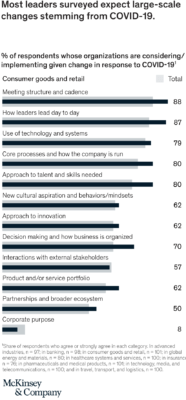

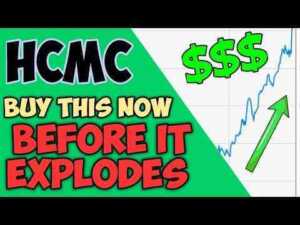

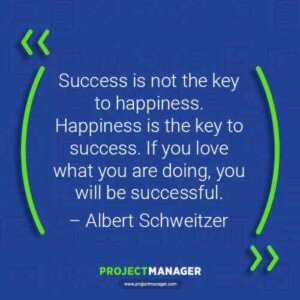

![How to Choose the Perfect Name for Your Business [actualizado] How to Choose the Perfect Name for Your Business [actualizado]](https://businessguarantor.com/wp-content/uploads/2021/03/how-to-choose-the-perfect-name-for-your-business-actualizado.jpg)







